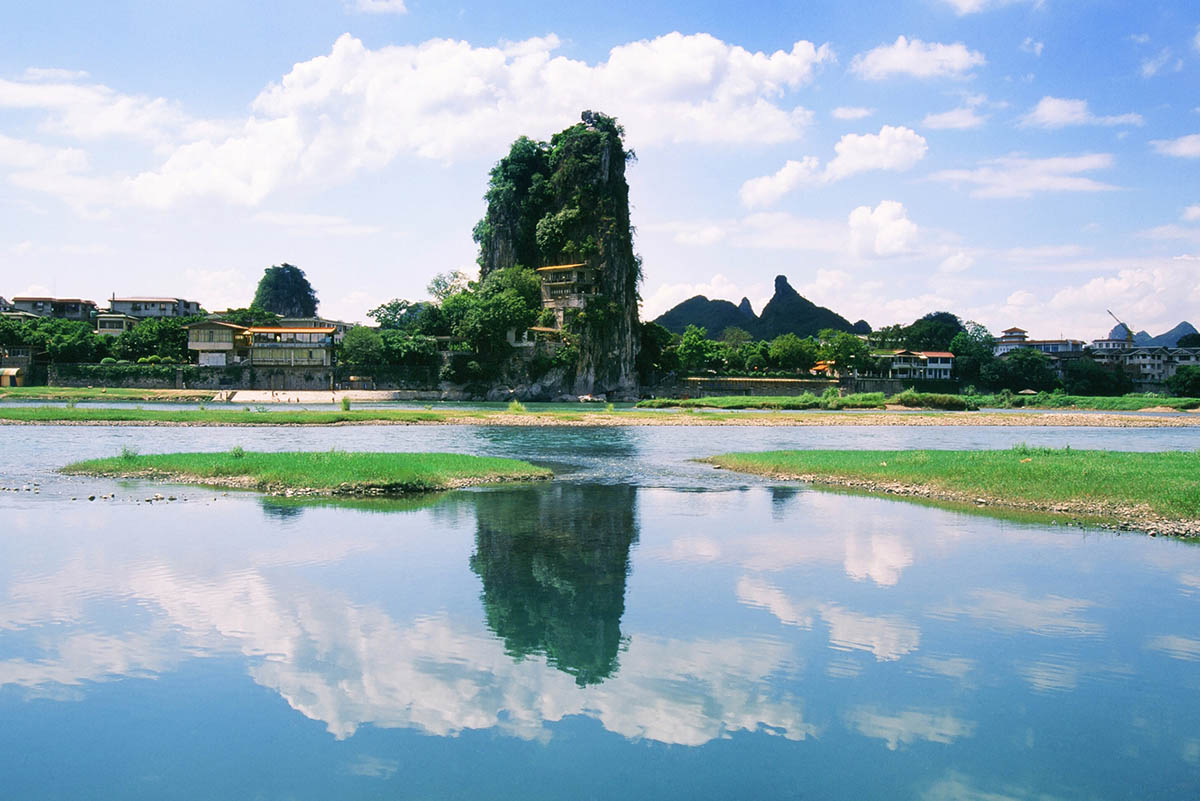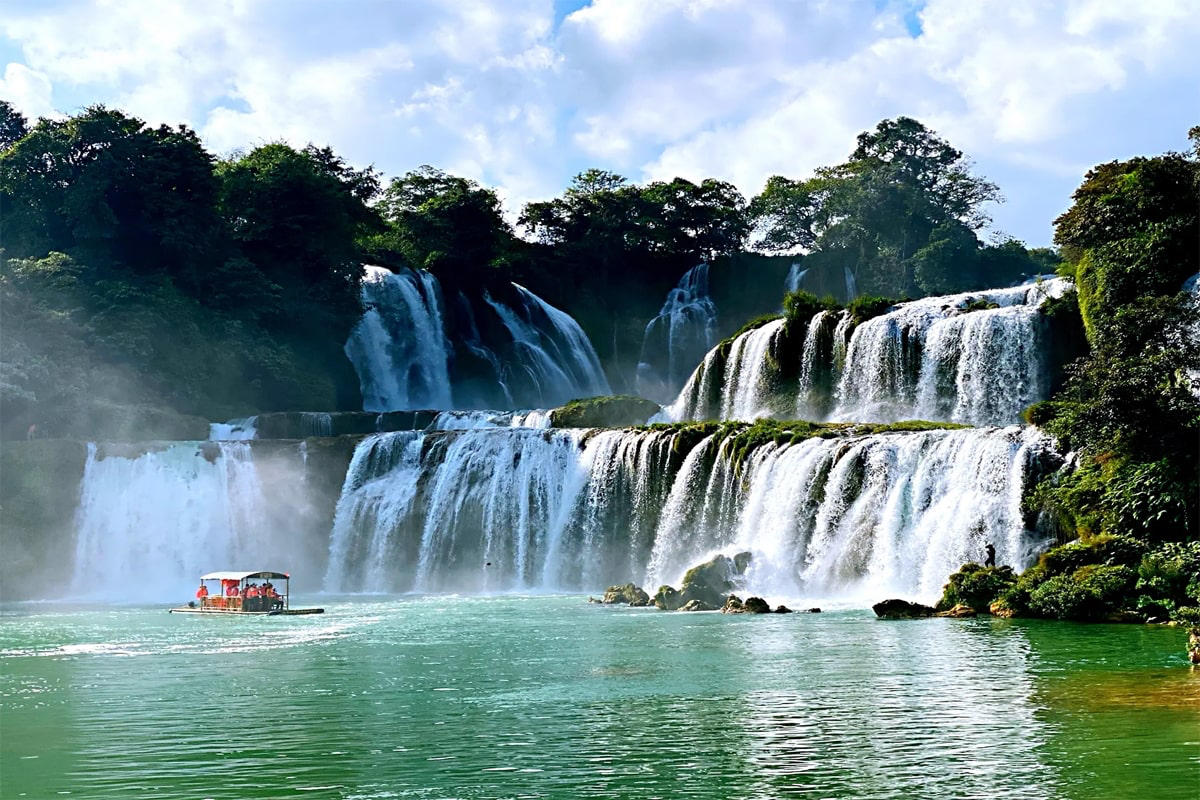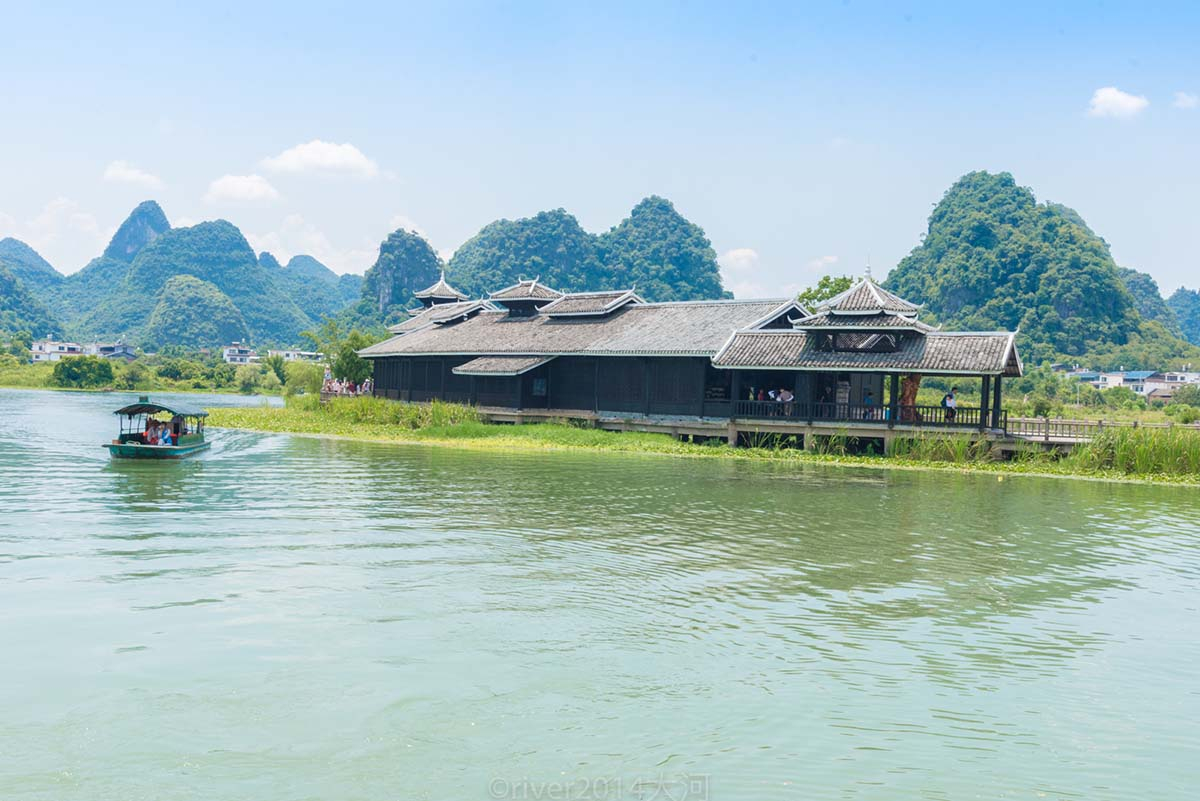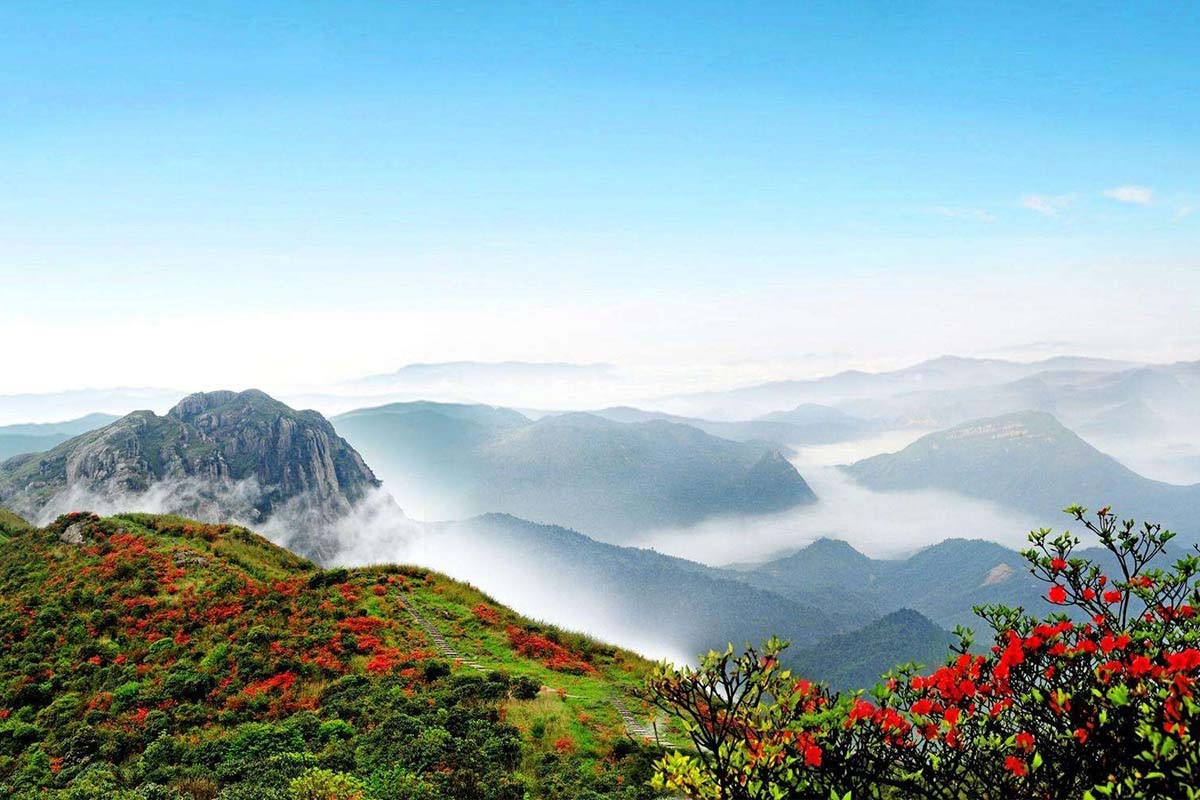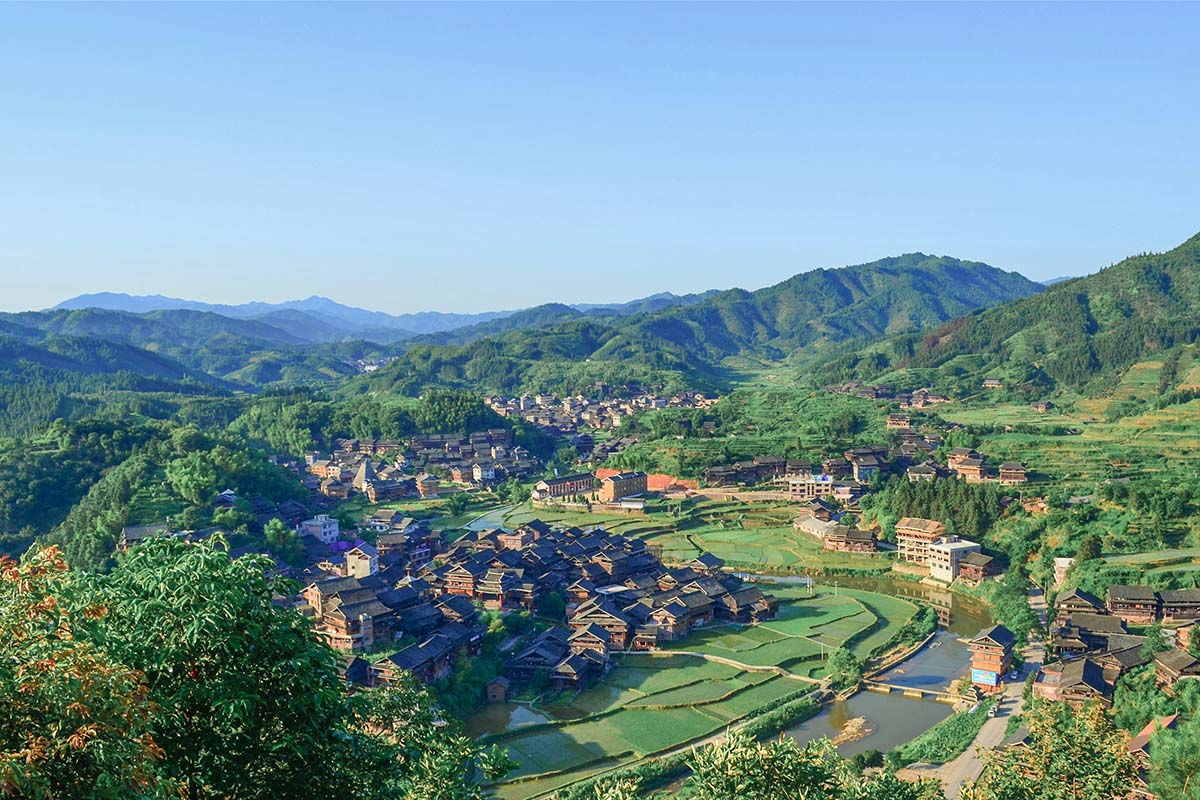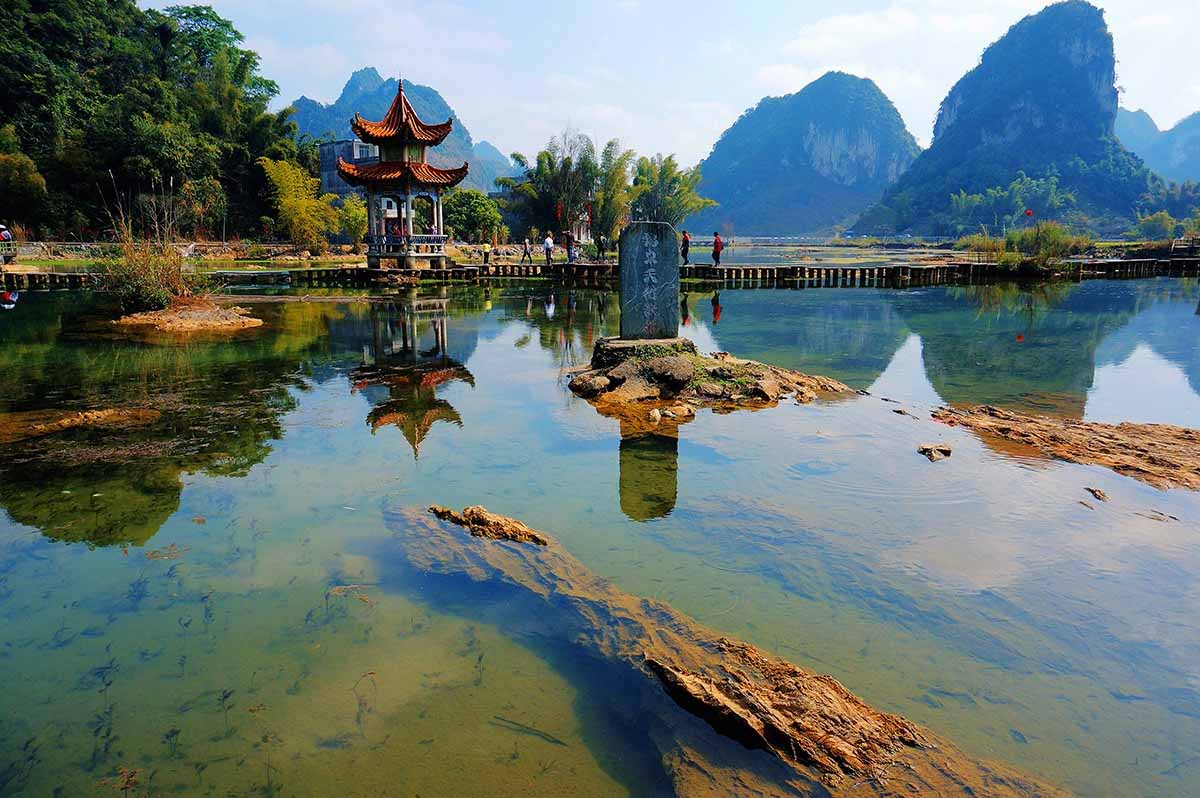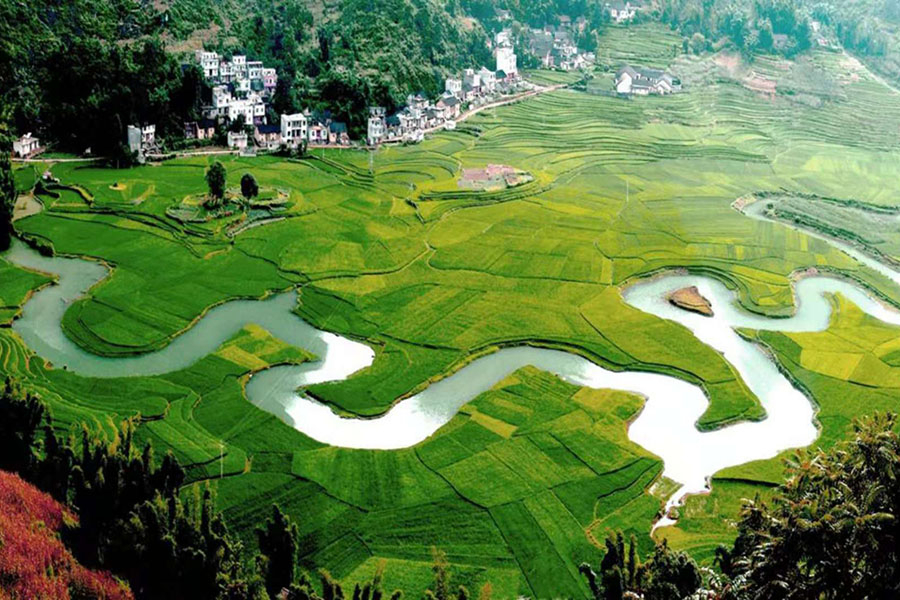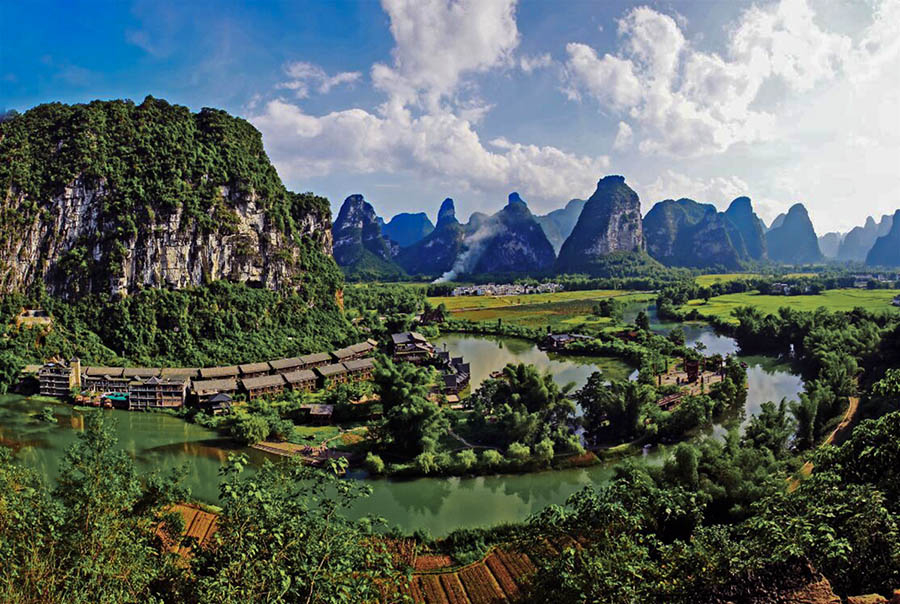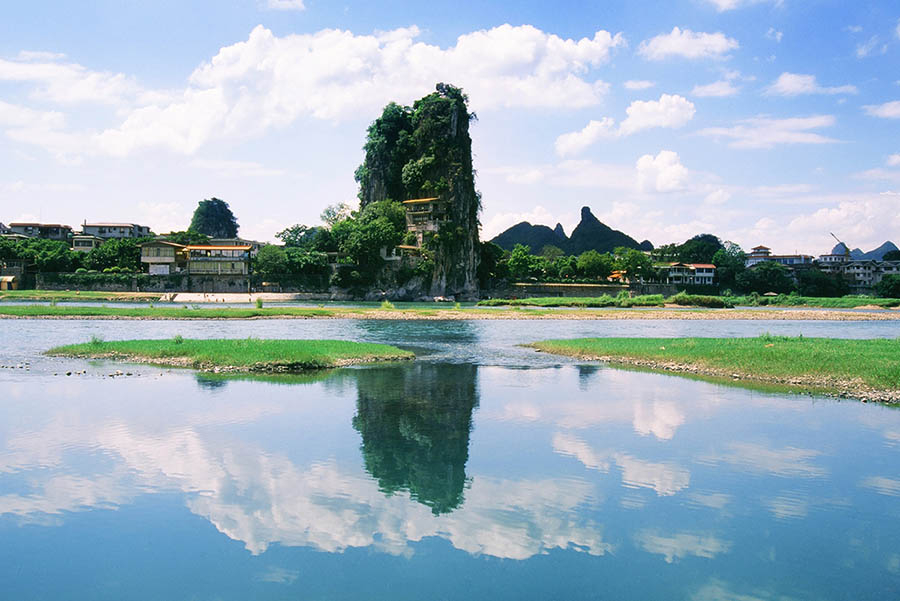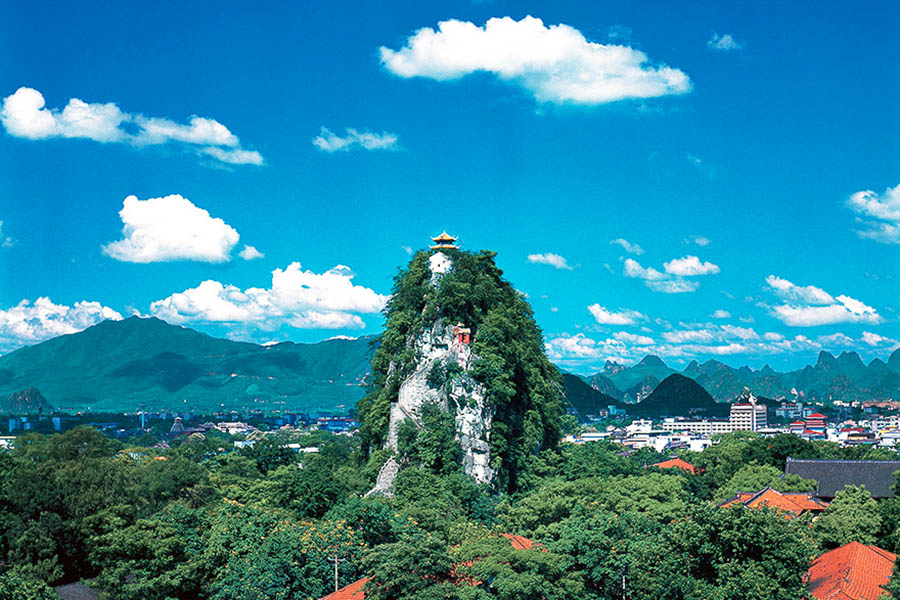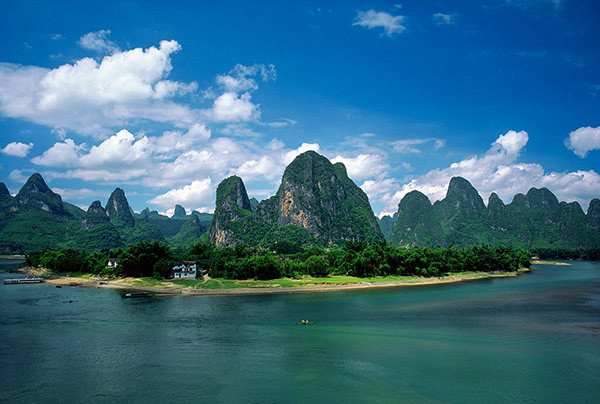Fubo Hill
Chinese name: 伏波山(Fu Bo Shan)
Location: No.27 Binjiang Road, Xiufeng district, Guilin, Guangxi.
Ticket: Entrance ticket CNY30.00
Estimated tour time: 2 hours
Recommended time to visit: Apr-Oct
Nearby attractions: Reed Flute Cave, Elephant Trunk Hill, Seven Star Park, Li River, etc.
Well known as the "Wonderland on Wave", Fubo Hill (Wave-Subduing Hill) ---another of Guilin's wonderfully scenic spots is actually a garden park in the city with a grand hill, unique mountain caves and elegant garden rock formations. It reaches the height of 213 meters (698.8 feet) and emerges 62 meters (203.4 feet) above the water. Half of the hill is in the river and the other half on land. At the southern foot of the hill is a garden full of bamboos, palm trees and flowers. There is a stone path on the southern side of the hill. At the foot of the hill is the famous Pearl-Returning Cave.
Half of the hill is in Li River and the other half on the ground. Waves will run back when they're blocked. Therefore, this hill got this name. Another saying is that there is a tale: Ma Yuan, called General Fubo in Han Dynasty had once passed by Guilin when he went to the south for expedition. He dropped all the pearls he carried into the river, so the hill got this name in memory of him.
On the southern slope of the hill is Pearl-Returning Cave (huangzhu dong). The legend about this cave says that once a fisherman entered the cave and saw an old man sleeping with a pearly by his side. The fisherman stole the pearl and took it home. Someone told him that the pearl belonged to the Dragon king and that he would get angry if the pearl was not return. Hence the cave is called Pearl-Returning Cave .
Inside Pearl-Returning Cave , a rock named Sword-Testing Rock hangs from the ceiling, nearly touching the ground. General Fubo is said to have tested his sword by cutting what was originally a stone pillar and has left a crevice at the bottom ever since. At the end of the cave is Thousand-Buddha Cave . There are 250 Buddhist statues and more than 100 carved inscriptions of various periods. Most of the statues are works of Tang and Song dynasties. On the western side, a flight of steps leads to Kuishui Pavilion and then to the top. From there, one can have a bird's-eye view of the Li River.
- HOTEST
- RECOMMEND
